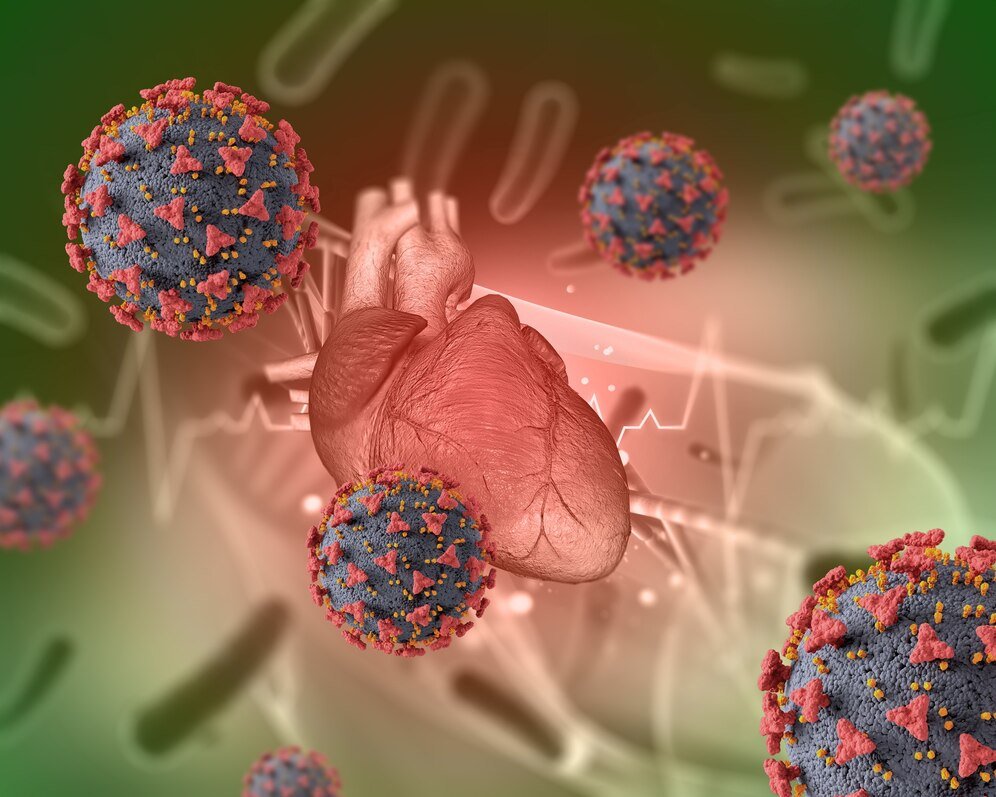Introduction: The Silent Threat of Hepatitis D
This article provides a comprehensive guide to the management, and challenges of hepatitis D treatment. Hepatitis D, while less known than its viral counterparts, poses a significant health risk to millions worldwide. This unique virus, requiring the presence of Hepatitis B to replicate, complicates the treatment landscape for those infected. In this article, we will explore the intricacies of Hepatitis D treatment, offering insights and actionable advice for patients and healthcare providers alike. We aim to deliver a comprehensive understanding of the disease, its management strategies, and the importance of early intervention.

Table of Contents
Understanding Hepatitis D: A Brief Overview
What is Hepatitis D?
Hepatitis D virus (HDV) is a blood-borne virus that can only infect individuals who are already infected with Hepatitis B virus (HBV). This dependency makes Hepatitis D a co-infection that can exacerbate the severity of liver disease. While Hepatitis B can be effectively managed, the presence of Hepatitis D complicates treatment and increases the risk of liver cirrhosis and liver cancer.
How is Hepatitis D Transmitted?
Hepatitis D is primarily transmitted through:
- Blood-to-blood contact refers to specific situations in which individuals share needles, syringes, or other types of drug paraphernalia that may be contaminated with infected blood. This form of contact poses a significantly heightened risk of transmitting various infections, as the exchange of blood can facilitate the transfer of pathogens from one person to another. Such practices are particularly concerning in the context of intravenous drug use, where the likelihood of encountering contaminated equipment is increased. Therefore, it is crucial to understand the dangers associated with sharing these items, as they can lead to serious health consequences.
- Sexual contact, on the other hand, involves engaging in sexual activities without the use of protective measures, such as condoms, particularly with individuals who are known to be infected with a sexually transmitted disease. This unprotected approach to sexual intimacy can greatly facilitate the spread of infections, as the exchange of bodily fluids during these interactions provides a direct pathway for pathogens to be transmitted. It is important to recognize that engaging in sexual activities without adequate protection not only increases the risk for the infected partner but also poses a significant risk to the uninfected partner, thereby contributing to the broader issue of public health.
- Additionally, transmission from mother to child can occur during the childbirth process, specifically when an infected mother passes on the virus or infection to her child. This transfer can happen if the mother is experiencing an active infection at the time of delivery, which can lead to serious health complications for the newborn. The risk of transmission during childbirth highlights the critical need for proper medical care and monitoring throughout pregnancy, as well as the importance of addressing and managing infections in expectant mothers to protect the health of their children.

Understanding these transmission modes is crucial for prevention and control.
The Importance of Early Diagnosis
Symptoms and Diagnosis
Many individuals with Hepatitis D may remain asymptomatic for years, leading to delayed diagnosis. Common symptoms, when they occur, include:
- Fatigue
- Abdominal pain
- Jaundice (yellowing of the skin and eyes)
- Dark urine
- Pale stools
If you suspect exposure to Hepatitis B or experience these symptoms, seeking medical evaluation is essential. Healthcare providers typically use blood tests to diagnose Hepatitis D, including:
- Hepatitis D antibody test: Indicates past or current infection.
- Hepatitis B viral load test: Assesses the presence of Hepatitis B, which is necessary for HDV replication.
Hepatitis D Treatment Options
Current Hepatitis D Treatment Strategies
Managing Hepatitis D can be challenging due to the limited hepatitis D treatment options available. However, several strategies can help control the virus and mitigate liver damage:
- Antiviral Therapy:
- Interferon-alpha: This injectable medication has the potential to assist certain individuals who are dealing with chronic Hepatitis D in achieving a sustained and beneficial response to their hepatitis D treatment. However, it is important to note that this option is not suitable or appropriate for everyone, as it may come with a range of potential side effects that could affect a patient’s overall health and well-being. Therefore, careful consideration must be given before starting this therapy, ensuring that the benefits outweigh the risks for the individual.
- Nucleons(t)ide analogs: These medications, while primarily designed and found to be effective against Hepatitis B, can also play a significant role in the management of Hepatitis D. Specifically, they have the capability to lower the viral load associated with Hepatitis D treatment, which can be a crucial aspect for patients suffering from this condition. However, it is essential to recognize that their primary function remains focused on Hepatitis B, and their use in the context of Hepatitis D should be closely monitored by healthcare professionals.
- Monitoring and Support:
- Regular monitoring of liver function and viral load is crucial for managing the disease.
- Supportive care, including lifestyle modifications (diet, exercise), can enhance overall health and liver function.
- Liver Transplantation:
- In cases of severe liver damage, a liver transplant may be the only option. However, it is essential to manage Hepatitis D before and after transplantation to prevent recurrence.
Emerging Hepatitis D Treatment
Research is ongoing to develop more effective hepatitis D treatment. Some promising areas include:
- Numerous clinical trials are currently underway that are investigating and evaluating new antiviral agents. These trials are focusing on innovative therapies that specifically target Hepatitis D in a more direct manner than previous hepatitis D treatment have done.
- Combination therapies involve the strategic use of multiple existing antiviral drugs in conjunction to potentially improve the overall effectiveness of hepatitis D treatment. By leveraging the unique mechanisms of action of each individual drug, this approach aims to enhance therapeutic outcomes and achieve better results in managing infections.
Lifestyle Changes to Support Treatment
Nutrition and Diet
A balanced diet plays a crucial role in liver health. Consider incorporating the following:
- Fruits and vegetables are abundant in antioxidants, which play a crucial role in helping to combat oxidative stress that can occur in the liver. By providing these powerful compounds, they support liver health and overall well-being.
- Lean proteins play a crucial role in the process of repairing liver tissue that may be damaged. It is essential to incorporate these proteins into your diet to support and promote the healing of the liver effectively.
- Healthy fats play an essential role in maintaining overall health, and certain sources, such as avocados and olive oil, can be particularly beneficial for supporting optimal liver function. Incorporating these nutritious foods into your diet can help promote the well-being of your liver.

Regular Exercise
Participating in regular physical activity can significantly enhance overall health and well-being while also assisting in weight management, which in turn lowers the burden on the liver. Strive to engage in at least 150 minutes of moderate-intensity exercise on a weekly basis in order to reap these benefits. This consistent involvement in physical exercise not only contributes to maintaining a healthy weight but also supports various bodily functions, providing a comprehensive approach to health. Incorporating different types of activities throughout the week, such as brisk walking, cycling, or swimming, can further promote fitness and sustain motivation.
Avoiding Alcohol and Toxins
Alcohol consumption can greatly worsen the extent of liver damage that a person may experience. For individuals diagnosed with Hepatitis D, it is highly recommended to completely refrain from consuming any alcoholic beverages. This total avoidance is crucial in order to protect the liver from further harm. Additionally, it is important for these individuals to be mindful of their environment. Limiting exposure to various environmental toxins is equally essential, as these substances can contribute to liver complications. By being vigilant about both alcohol and environmental toxins, individuals with Hepatitis D can help safeguard their liver health and overall well-being.
The Role of Mental Health in Hepatitis D Management
Addressing Psychological Well-being
Living with a chronic illness like Hepatitis D can take a toll on mental health. Patients may experience anxiety, depression, or social isolation. It is vital to:
- Consider Seeking Support: Becoming a part of support groups can offer significant emotional relief and valuable insights. These groups provide a space where individuals can share their experiences and receive practical advice from others who truly understand and relate to the journey. Engaging with people who have faced similar challenges can be incredibly comforting and can help you navigate your own path with greater confidence and understanding.
- Seeking professional help through therapy or counseling can be very beneficial in managing and alleviating feelings of anxiety and depression. These forms of support provide individuals with the tools and strategies needed to navigate their emotional challenges effectively.
Conclusion: Empowering Patients through Knowledge
In summary, while Hepatitis D presents unique challenges, understanding the disease and its hepatitis D treatment options can empower patients and their families. Early diagnosis, effective management strategies, and lifestyle changes can significantly improve outcomes. As research continues to evolve, the hope for more effective treatments remains on the horizon.
Call to Action
If you or someone you know is at risk for Hepatitis D, don’t hesitate to consult a healthcare professional. Early intervention is key to managing this disease effectively.
Frequently Asked Questions (FAQ)
1. Can Hepatitis D be cured?
At present, there is no definitive cure available for Hepatitis D, which remains a significant health concern. However, there are several effective management strategies that can be employed to help control the virus’s activity. These strategies play a crucial role in preventing further liver damage and maintaining the overall health of individuals affected by this condition. By adhering to these management techniques, patients can better manage their symptoms and reduce the risk of complications associated with Hepatitis D.
2. How can I prevent Hepatitis D infection?
To effectively prevent the onset of Hepatitis D, it is crucial to take several important measures. First and foremost, vaccination against Hepatitis B is essential, as it directly reduces the risk of contracting Hepatitis D, which cannot occur without the presence of Hepatitis B. Additionally, practicing safe sex is vital; using condoms and being aware of your partner’s health status can help prevent the transmission of viruses. Furthermore, it is important to avoid sharing needles, as this practice greatly increases the risk of infection. By adhering to these guidelines, individuals can significantly lower their chances of being affected by Hepatitis D.
3. What should I do if I suspect I have Hepatitis D?
If you have any reasons to believe that you may have contracted Hepatitis D, it is crucial to seek a medical evaluation without delay. This will allow for proper testing and management to be conducted as soon as possible, ensuring that you receive the appropriate care you may need.
4. Are there any new Hepatitis D treatment on the horizon?
Indeed, there is currently ongoing research that is actively investigating various new antiviral agents along with different combination therapies. This research aims to identify and develop hepatitis D treatment that may offer more effective options for patients.
5. How often should I have my liver function monitored if I have Hepatitis D?
Consistent and regular monitoring is absolutely essential for your overall health management. Your healthcare provider will evaluate your specific health situation and circumstances to recommend the appropriate frequency for these checks based on your individual health status and needs.
This article aims to serve as a valuable resource for those seeking to understand Hepatitis D treatment. By focusing on patient empowerment and education, we can enhance awareness and improve health outcomes in the fight against this viral infection.


